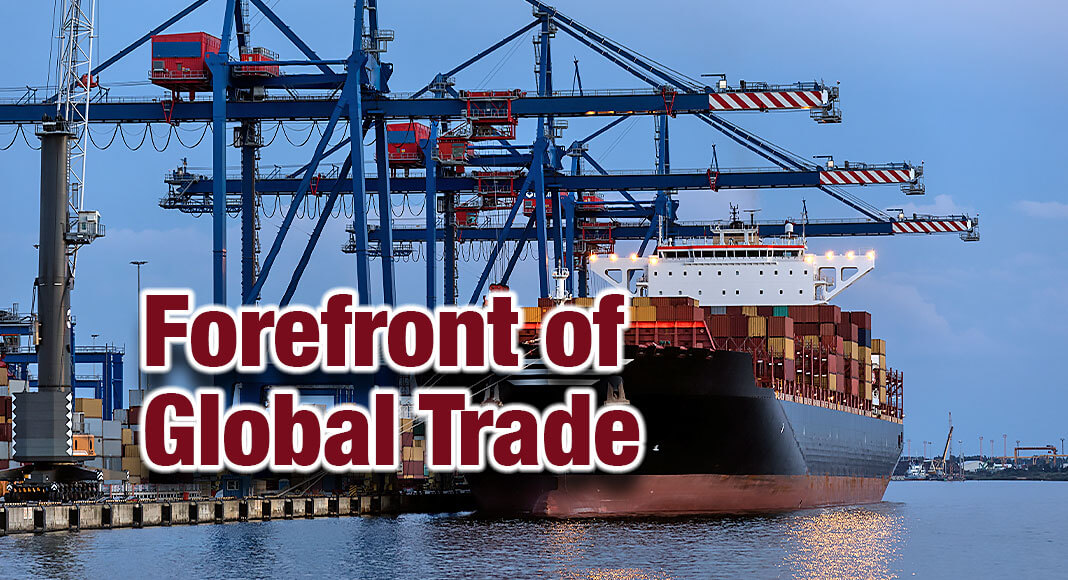
Texas Border Business
A few years ago, I was asked to name the major events that shaped the Texas we know today. High on the list was the development of Allen’s Landing and the Port of Houston during the early days of the Republic and the subsequent efforts at the dawn of the twentieth century to develop a deep-water channel in the area just as the oil industry was emerging. Without this critical infrastructure, Texas could not have become a vital hub of global commerce. I am tempted to say “and the rest is history” – but, in reality, it is also the future.
The latest $1 billion expansion of the Houston Ship Channel is officially underway after a decade of planning. The project involves deepening and widening parts of the channel to improve capacity, efficiency, and safety. It’s known locally as Project 11 since it’s the eleventh major construction initiative in the waterway’s long history.
Cotton comprised much of the cargo in the early days, with Houston offering connections through the natural port at Galveston. By the early twentieth century, crude oil became dominant, and the area became the site for refineries and other processing facilities. As the economy evolved, Houston was the nation’s first port to offer container shipping.
The channel also serves more than 200 private and public facilities (many related to energy and chemicals), collectively known as the Port of Houston. More than 275 million short tons of cargo traversed the channel in 2020, some 50 million tons above the next-largest port.
Port Houston accounted for over 44.5 million tons of cargo in 2021, most of which is containerized. Key exports include resins and plastics; chemicals and minerals; automotive; food and drink; and machinery, appliances, and electronics. Major imports are hardware and construction materials; food and drink; and machinery, appliances, and electronics. Steel and bulk are other notable categories of cargo.
The Houston Ship Channel is a cornerstone of the US logistics system, and its economic importance is profound. Imports lead to business activity through transportation, distribution, and retail for finished goods and additional production for inputs. Exports primarily reflect domestic manufacturing and processing. There are also spinoff effects and a consumer spending stimulus. In short, the benefits are enormous.
Beyond these gains, the Port is an essential element of dealing with a variety of critical issues. Hours have been expanded to help address supply chain challenges; shipping of oil and liquefied natural gas has enormous geopolitical significance; major imports support our way of life.
Larger ships and more cargo require improvements to the Houston Ship Channel. Project 11 provides the infrastructure essential to keeping Texas at the forefront of global trade, simultaneously enhancing safety, efficiency, capacity, and the environment. Stay safe!
____________________________________________________
Dr. M. Ray Perryman is President and Chief Executive Officer of The Perryman Group (www.perrymangroup.com), which has served the needs of over 2,500 clients over the past four decades.















